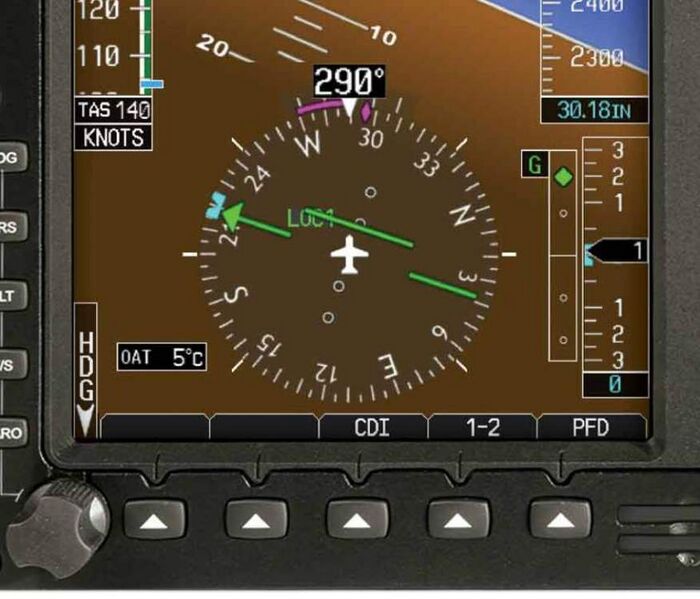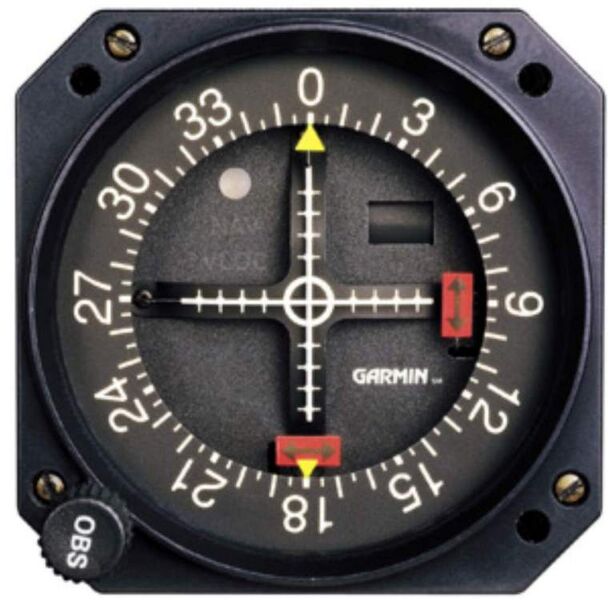Instrument Flight Rules
Introduction
It is difficult keeping up with CASA regulations because they keep re-writing them, they even have a web-link about how they are changing the rules[1] and seem proud that they are doing so, and paint it in the light that it as good for the industry. Meanwhile they also state that they are also the enforcers[2]. It seems they are there perpetuating employment for the legislation drafters and inflicting the impost of change on the aviation industry. Terming this as a self-licking ice-cream would be harsh but that is the observation it engenders. They claim it is a consultative process[3] proudly as well.
Why Australia has to re-write its own legislation that is incompatible and non-transferable to other Aviation States is the reason that Australia is considered the back-water of Aviation. Our maintenance engineering qualifications[4] and engineering certificates are poorly recognized by the FAA for example.
It is the story of Australian Aviation, me make our own rules instead of recognizing and adopting the world's best FAA system, so as a result our Aviation Industry is suffering e.g. the FAA has pilot self-declared medial certification[5] that CASA has so far said they need more time to understand and thus for over 6 years are refusing to provide - yet RAAUS has had self-declared medical certification[6] since inception, and fly similar, if not the same aircraft in the same skies.
New new Part 91 changes to the CASR are that comprehensive, and full of legalese, that CASA have developed a Plain English guide, and they are now up to version 2.0.
This wiki-page is a collection of my notes used to refresh myself, and hopefully provide others with indications of the requirements for safe flight under Instrument Flight Rules (IFR)[7], and forms part of my self-training material. There are several sources containing information on the web for the proficient IFR pilot, and I can recommend the Cheat Sheet as a good source.
disclaimer
NOTE: I am still drafting these pages
This publication is for my own edification; you need to cross-check and verify the contents and I assume no liability for omissions, mistakes nor for changes made by CASA.
Instrument Flight Rules
Instrument Flight Rules are proscribed in
and the ratings are proscribed in
requirements
To get obtain an instrument rating, you need to:
- hold at least a private pilot licence (PPL)
- study the aeronautical knowledge syllabus
- pass the instrument rating exam.
- and conduct instrument flight training with an authorised Part 141 flight training operator to obtain:
- an aircraft/helicopter instrument endorsement
- at least a 2D IAP endorsement.
To be eligible for the flight test, you must have the following minimum aeronautical experience:
- 50 hours cross-country flight time as pilot-in-command
- 40 hours of instrument time including:
- at least 10 hours of dual instrument time
- 20 hours of instrument flight time (or 10 hours of instrument flight time if training in a flight simulator).
Regulations on instrument ratings
The rules for instrument ratings are in the following sections of CASR Part 61 Volume 2 Flight crew licensing:
- regulation 61.010 – definitions for Part 61
- regulations 61.105 and 61.110 – definitions of instrument flight and instrument ground time
- regulation 61.375 – general limitations on exercise of privileges of pilot licences – ratings
- regulation 61.790 – limitations on exercise of privileges of pilot type rating - IFR operation
- regulation 61.855 – privileges of instrument ratings
- regulation 61.860 – limitations on exercise of privileges of instrument rating – general.
endorsements
There are the following categories :
- Private Instrument Ratings - Part 61 MOS 2014 Volume 1 Appendix N page 45 and add-on endorsements.
- SE aeroplane private instrument endorsement
- ME aeople private instrument endorsement
- SE helicopter private instrument endorsement
- ME helicopter private instrument endorsement
- NDB private instrument endorsement
- VOR/LLZ private instrument endorsement
- GNSS private instrument endorsement
- Departure SE private instrument endorsement
- Departure ME private instrument endorsement
- Standard instrument departure SE aircraft private instrument endorsement
- STAR private instrument endorsement
- Approach NDB private instrument endorsement
- Approach VOR/LLX private instrument endorsement
- Approach DME/GNSS private instrument endorsement
- Approach RNP APPCH 2D private instrument endorsement
- Approach RNP APPCH 2D private instrument endorsement
- Approach ILS private instrument endorsement
- Night private instrument endorsement
- Command Instrument Rating covering (references to be advised/TBA):
- STARs
- SIDs
- 3D APPR
- 2D APPR
- azimuth APPR
🚩Note: I hold a Command Instrument Rating (CIR) and I am yet to list the specific references to that rating in the Part 61 MOS.
fuel reserves
- CASR Part 91 MOS CASR Part 91 MOS Chapter 19, table 19.02 (2), Item 3 for aeroplanes with MTOW less than 5,700 kg (piston engine or turboprop) under IFR, or
- CASR Part 135 MOS, CASR Part 135 MOS Chapter 7.
& 91.455 Fuel requirements (MOS 19.02)
- At commencement of a flight the minimum amount of usable fuel required to be onboard at the commencement of a flight must be the sum of:
- taxi fuel
- trip fuel
- destination alternate fuel (if required)
- holding fuel (if required)
- contingency fuel (if applicable)
- final reserve fuel
- additional fuel (if applicable)
radio calls
Table 12: IFR aircraft in Class G airspace (MOS Table 21.06)
- Situation Report
| Situation | Report |
|---|---|
| Taxiing | Report the situation |
| Departure | Report the situation |
| Reaching cruising level | Report the situation |
| Position report when required by ATC, or route reporting requirements of the AIP | Report the situation |
| Previously reported position estimate is more than 2 minutes in error (and not identified by Radar/ADS-B) | Report Situation |
| Before changing level | Report the situation |
| Before changing frequency | Report the situation |
| Requiring clearance into controlled airspace | Report the situation (strange ATC usually tell you) |
| Before leaving controlled airspace on descent | Report the situation (stange usually ATC tell you clear to leave controlled area on descent |
| Before changing to CTAF (when not monitoring the ATS frequency on a second communication system) | Report the situation |
| After landing If cancelling SARWATCH | cancel SARWATCH destination |
MEL
TBA.
glass-cockpit
I will concentrate of modern aircraft equipment where information is displayed on
- Primary Function Display which displays:
- speed
- Ground Speed - sourced from GPS
- Indicated Airspeed - sourced from pitot-static system pressure differential
- True Air Speed - calculated from GS, IAS, OAT and pressure altitude
- vertical speed (tape)
- altitude tape - with altitude bug
- Artificial Horizon
- HSI - with heading bug and Course Deviation Indicator
- Vertical Guidance window - with GS bug and vertical speed advisories
- Radar Altimeter
- Altitude Mimimums - area, approach and Decision Altitude
- speed
- Multi Function Display which can display:
- Maps
- Terrain
- Traffic Information or Traffic Collision Advisories
equipment resolution
| CDI / LOC HSI | |
|---|---|
| Enroute: | (+-) 5.0nm |
| Enroute WAAS/ENR 2.0 | (+-) 2.0nm WAAS |
| Terminal: | (+-) 1.0nm |
| Approach: | (+-) 0.3nm |
| VOR CDI | full scale is 10 degrees |
| ILS CDI | full scale is 2.5 degrees |
| GS | full scale is 0.7 degrees |
For a two dot scale in VOR mode; each dot is 5 degrees; for a 5 dot scale the dots are 2 degrees. A missed approach is initiated when the CDI reaches half-scale.
references
- ↑ CASA changing the rules https://www.casa.gov.au/rules/changing-rules
- ↑ CASA compliance and enforcement https://www.casa.gov.au/rules/compliance-and-enforcement
- ↑ CASA consultation https://consultation.casa.gov.au/
- ↑ Maintenance Reform https://aopa.com.au/general-aviation-maintenance-regulation-reforms/
- ↑ self-certification medicals https://aopa.com.au/aopa-australia-continues-call-for-self-certification-medicals-for-rpl-ppl-holders/
- ↑ RAAUS (medical) forms https://www.raa.asn.au/documents-and-forms/forms/
- ↑ CASA IFR endorsements https://www.casa.gov.au/licences-and-certificates/pilots/ratings-reviews-and-endorsements/ratings-and-endorsements/instrument-ratings-and-endorsements#


